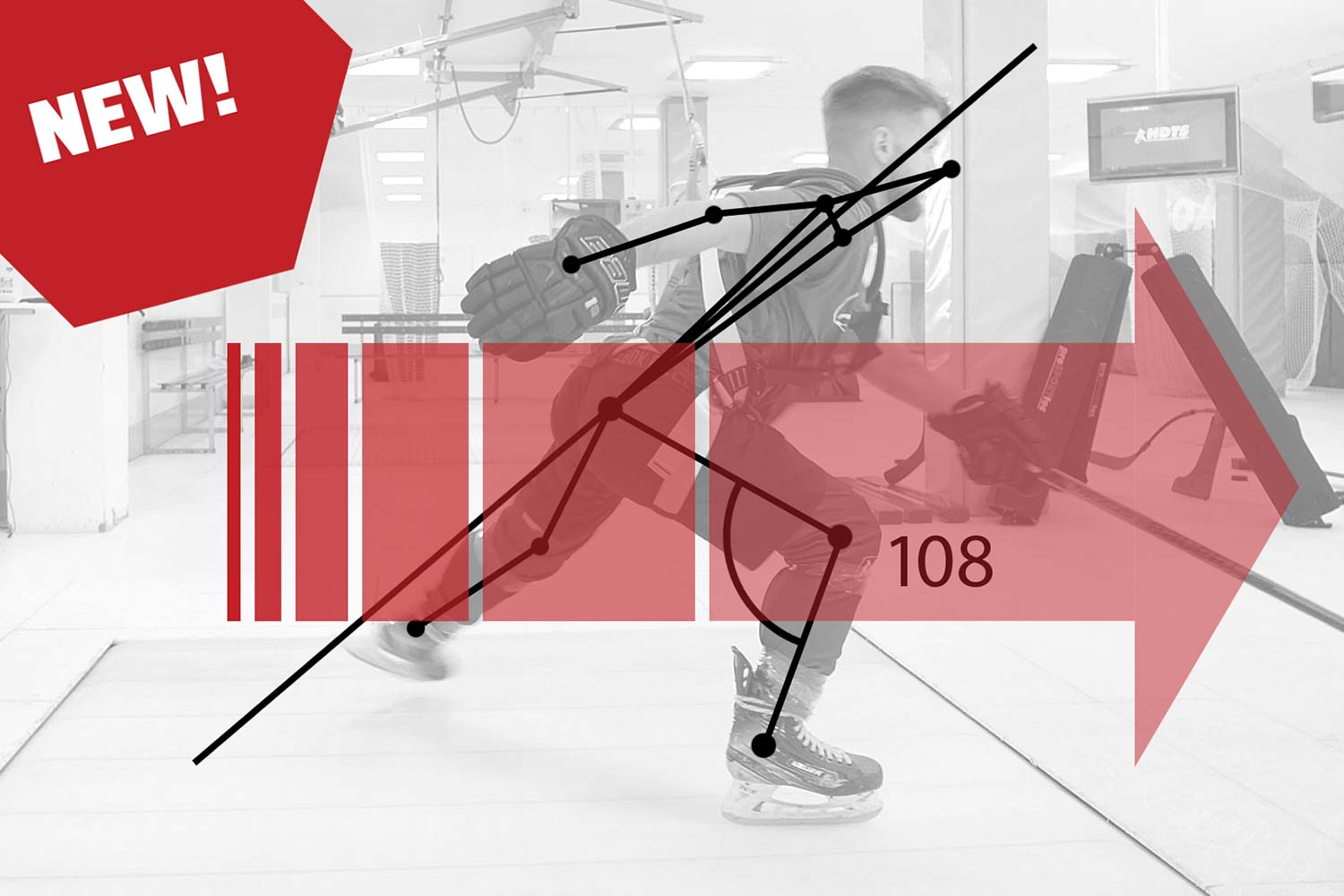
In addition to a comprehensive (holistic) approach, we tackle and solve even the most specific and essential processes to improve game performance.
The introduction of measurement is an important part of systematic development. It is also an important prerequisite to achieve optimal quality of training process. Our solutions, such as Stride Power, Powergate, Tester or Skating Analysis (beeSPORT ecosystem)are now enhanced by a new metric.
Our Skating Analysis application will be enhanced with this amazing new measurement in early 2024, using a new, strictly targeted AI solution, to provide a fundamental advantage to our clients.
The kinematics of movement on the ice counts with player’s basic skating ability, which is subsequently followed with other skills (such as acceleration, stock handling, shooting, passing...). Solid foundations in terms of overall strength and physical performance are necessary to specifically target and improve individual skills.
With changes in skating speed, the number of strides of a player can increase along with speed without a consequent change in stride length. This suggests that speed depends on the number of strides rather than the length of the stride.
Research shows that faster skaters achieve higher knee flexion compared to slower skaters. Likewise, faster skaters tended to lean forward more, while slower skaters remained more vertical during skating (reduced lean forward).
This is also the reason why the configuration and correct setting of individual joint segments can affect not only the skating technique and its speed, but also influence the efficiency of energy usage during the movement.
Thanks to this knowledge and with the help of the skatemill and video analysis, the aforementioned factors affecting performance can be trained in a targeted manner, e.g. with a focus on the (for example) position of the segments of the lower limbs. The player can then transfer these trainable parameters to the ice surface and manage energy reserves more efficiently, which will increase his performance.

Processing our research suggests that video-analysis can help us understand skating techniques based on anatomical and biomechanical predispositions that the given player has. It is also possible to analyze the leaning angle of skates on the outside or the inside edge, which has a significant impact on the ability to produce higher speed while skating. With targeted guidance under the supervision of an experienced trainer, this process can be trained almost to perfection.
Correct adjustment of individual body segments is important when skating. Ankle dorsiflexion, knees flexed, trunk bent in forward tilt. It is also possible to observe the settings of the segments not only in the sagittal but also in the frontal plane. Movement qualities are a very important part, for which it is necessary to use knowledge from physiotherapy or anthropometry. It is precisely these specifics that the physiotherapy department focuses on, where, with the help of an expert, it is possible to identify the limiting factors of the locomotor apparatus and start working thoroughly on their reduction or elimination.
With the use of instrumental diagnostics, aspect, palpation, or specific tests, it is possible to reveal muscle asymmetries, imbalances, limitations in the range of mobility, or strength deficits. All the mentioned factors are correlated with ice skating technique and the possible risk of injuries. But let’s touch that in our next article…